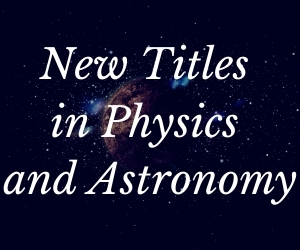System Upgrade on Tue, May 28th, 2024 at 2am (EDT)
Existing users will be able to log into the site and access content. However, E-commerce and registration of new users may not be available for up to 12 hours.For online purchase, please visit us again. Contact us at customercare@wspc.com for any enquiries.
This book presents an overview of recent progress in computational techniques as well as examples of the application of existing computational methods in different areas of chemistry, physics, and biochemistry. Introductory chapters cover a broad range of fundamental topics, including: state-of-the-art basis set expansion methods for computing atomic and molecular electronic structures based on the use of relativistic quantum mechanics; the most recent developments in Hartree–Fock methods, particularly in techniques suited for very large systems; the current analysis of the solute–solvent free energy of interaction and the physical bases used to evaluate the electrostatic, cavitation, and dispersion terms; an introduction to the additive fuzzy electron density fragmentation scheme within various ab initio Hartree–Fock quantum-chemical computational schemes, which has provided the means for generating representative molecular fragment densities characteristic to their local environment within a molecule. This book also features a review of recent ab initio calculations on the structure and interactions of DNA bases, a chapter on computational approaches to the design of safer drugs and their molecular properties, and a systematic conceptual study on a route which allows one to stuff fullerenes.
Contents:
- Relativistic Many-Body Calculations on Atoms and Molecules (Y Ishikawa & U Kaldor)
- Modern Developments in Hartree–Fock Theory: Fast Methods for Computing the Coulomb Matrix (M Challacombe, E Schwegler & J Almlöf)
- Local Shape Analysis of Macromolecular Electron Densities (P G Mezey)
- Liquid-State Quantum Chemistry: Computational Applications of the Polarizable Continuum Models (J-L Rivail & D Rinaldi)
- Elemental Boron Route to Stuffed Fullerenes (E D Jemmis & B Kiran)
- Interactions of DNA Bases and the Structure of DNA. A Nonempirical Ab Initio Study with Inclusion of Electron Correlation (J Sponer, P Hobza & J Leszczynski)
- Computational Approaches to the Design of Safer Drugs and Their Molecular Properties (N Bodor & M-J Huang)
Readership: Computational chemists, chemists and physicists.


























